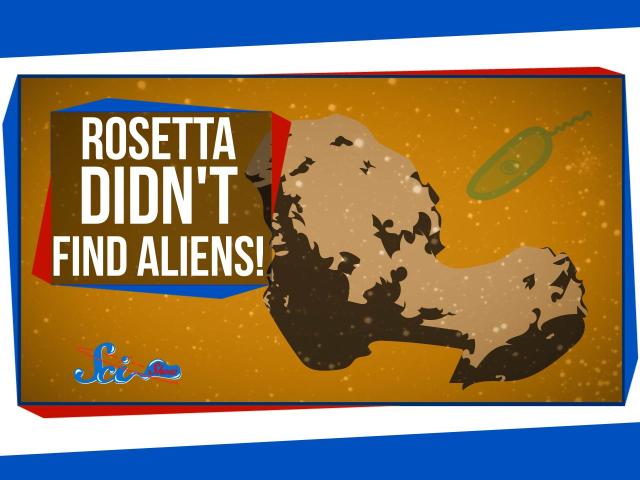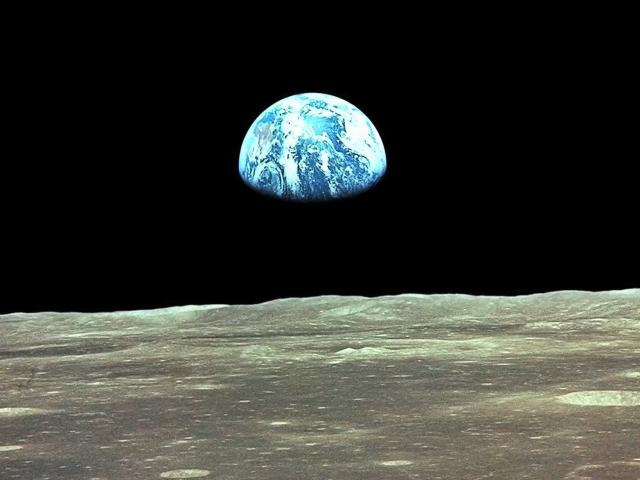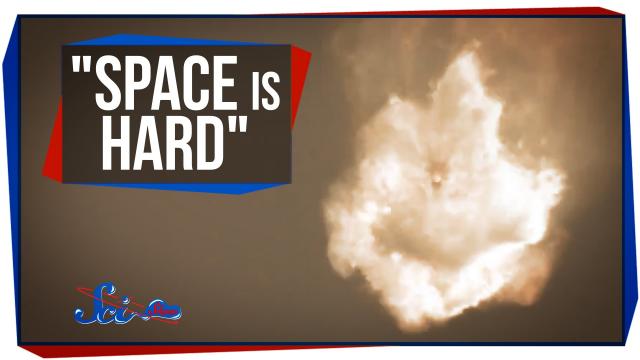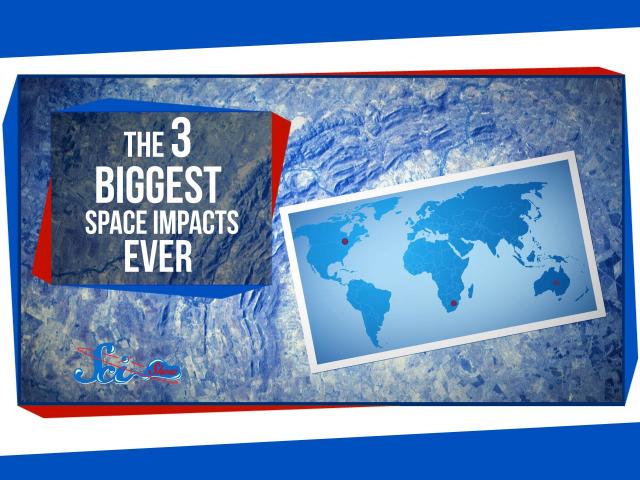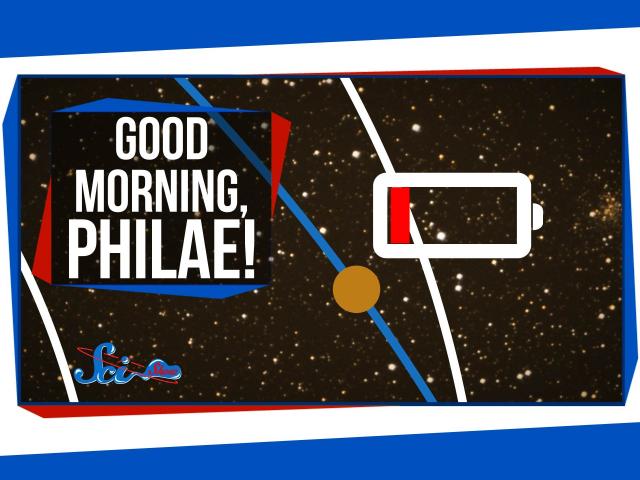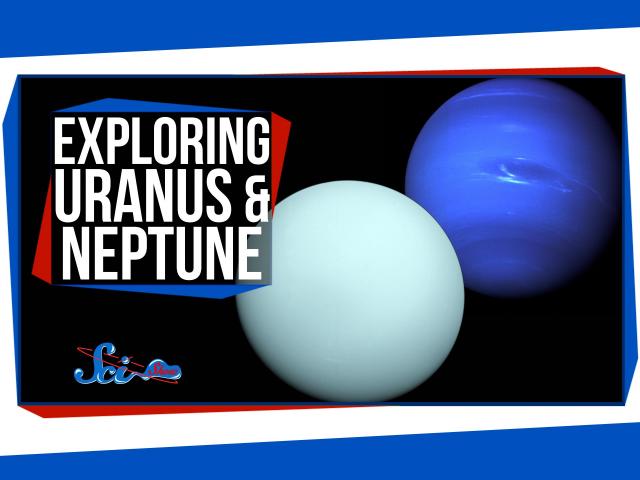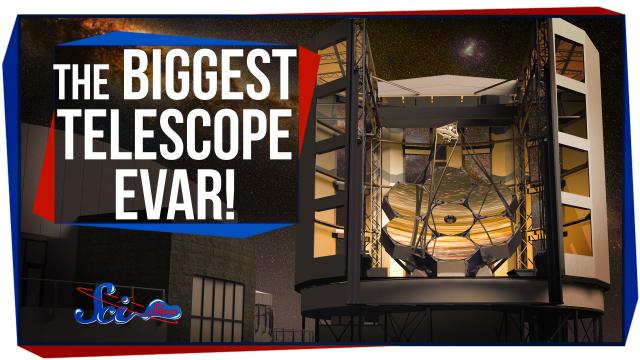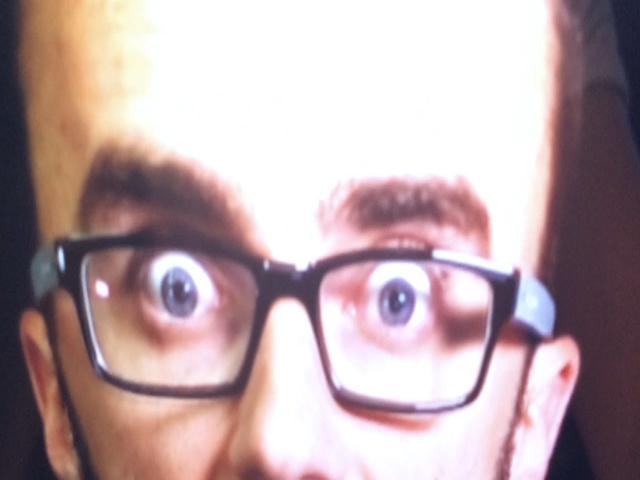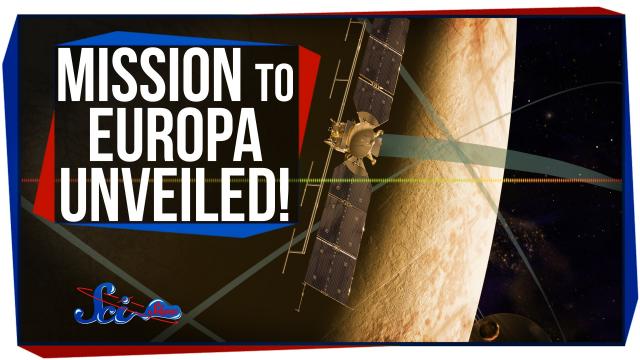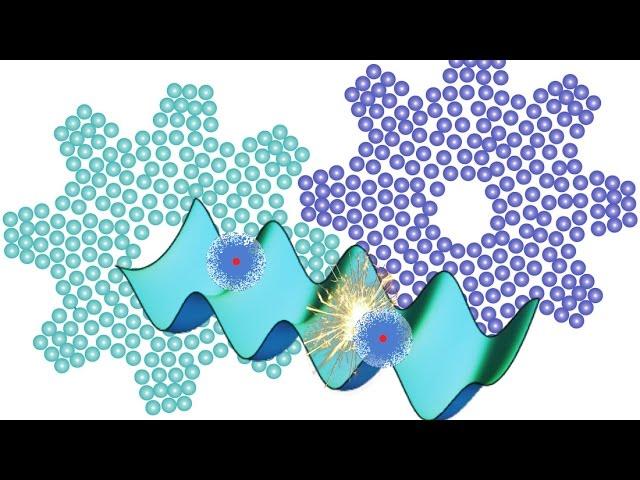Time Travel, Teleportation & Science
Time travel is the concept of moving between different points in time in a manner analogous to moving between different points in space, generally using a theoretical invention, namely a time machine. It has a commonly recognized place in philosophy and fiction, but has a very limited application in real world physics, such as in quantum mechanics or wormholes.
Although the 1895 novel The Time Machine by H. G. Wells was instrumental in moving the concept of time travel to the forefront of the public imagination, The Clock That Went Backward by Edward Page Mitchell was published in 1881 and involves a clock that allowed three men to travel backwards in time.[1][2] Non-technological forms of time travel had appeared in a number of earlier stories such as Charles Dickens' A Christmas Carol. Historically, the concept dates back to the early mythologies of Hinduism (such as the Mahabharata), Buddhism, and Islam through ancient folk tales. More recently, with advancing technology and a greater scientific understanding of the universe, the plausibility of time travel has been explored in greater detail by science fiction writers, philosophers, and physicists.
Teleportation, or Teletransportation, is the theoretical transfer of matter or energy from one point to another without traversing the physical space between them. It has a commonly recognized place in science fiction literature, film, and television, but as yet has a very limited application in real world physics, such as quantum teleportation or the study of wormholes.
Science (from Latin scientia, meaning "knowledge") is a systematic enterprise that builds and organizes knowledge in the form of testable explanations and predictions about the universe. In an older and closely related meaning, "science" also refers to a body of knowledge itself, of the type that can be rationally explained and reliably applied. A practitioner of science is known as a scientist.
In modern usage, "science" most often refers to a way of pursuing knowledge, not only the knowledge itself. It is also often restricted to those branches of study that seek to explain the phenomena of the material universe.
Source : Wikipedia
-
04:22
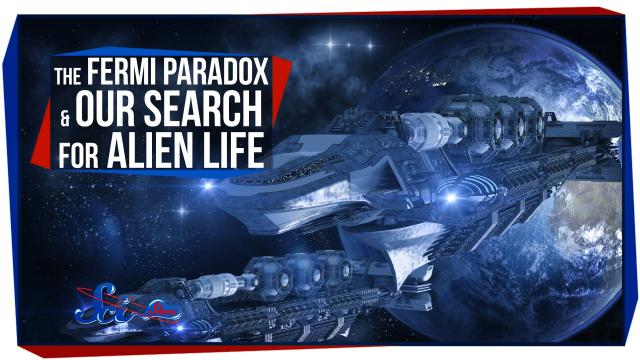
The Fermi Paradox and Our Search for Alien Life
Added 836 Views / 0 LikesThe Fermi Paradox and Our Search for Alien Life
-
03:40
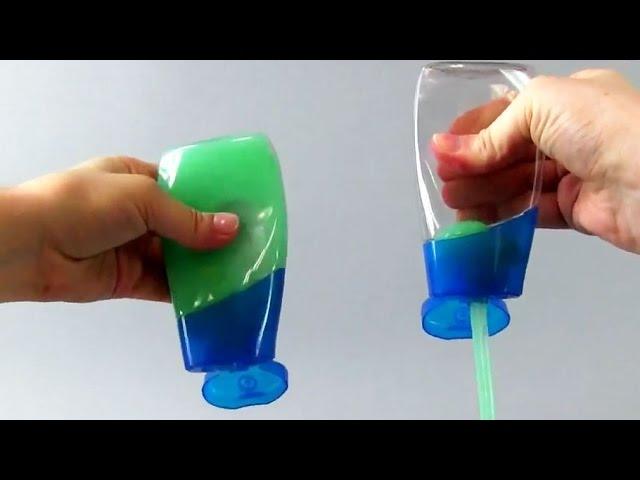
LiquiGlide: Nonstick coatings leave zero waste behind
Added 733 Views / 0 LikesLiquiGlide: Nonstick coatings leave zero waste behind
-
03:57
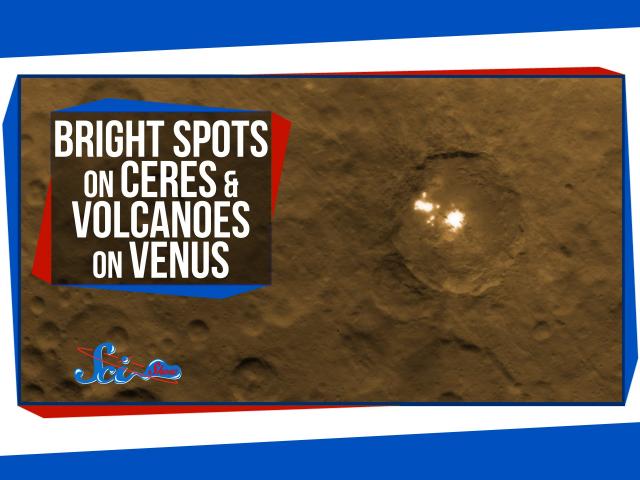
Bright Spots on Ceres, and Volcanoes on Venus
Added 735 Views / 0 LikesBright Spots on Ceres, and Volcanoes on Venus
-
02:09
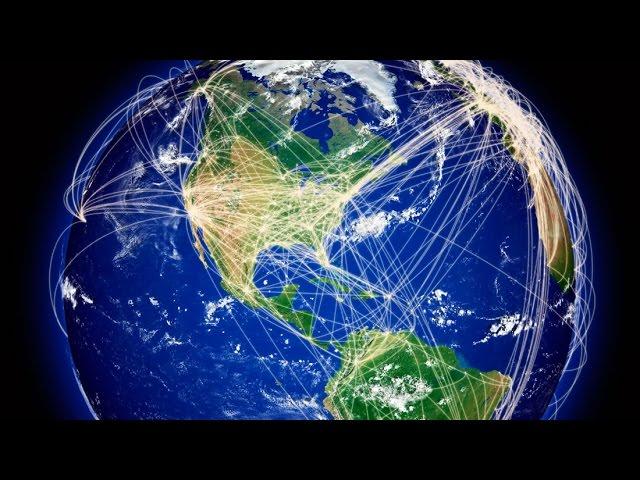
How air transportation connects the world
Added 558 Views / 0 LikesHow air transportation connects the world
-
03:46
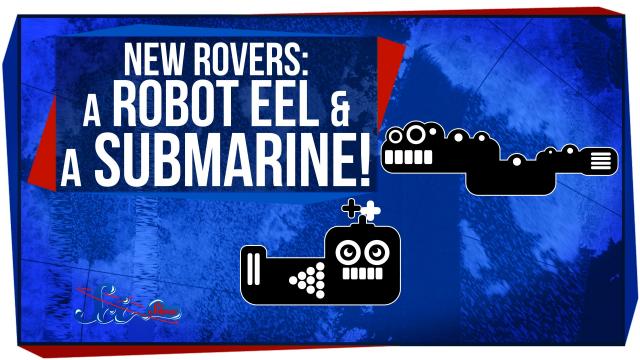
New Rovers: A Robot Eel and a Submarine!
Added 713 Views / 0 LikesNew Rovers: A Robot Eel and a Submarine!
-
01:18
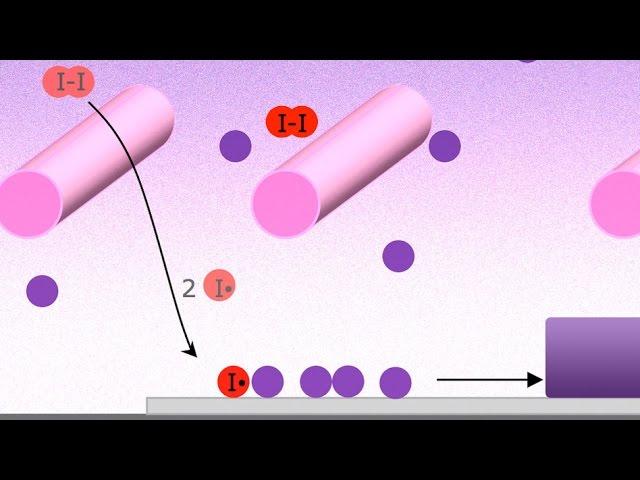
Explained: Chemical Vapor Deposition (CVD)
Added 544 Views / 0 LikesExplained: Chemical Vapor Deposition (CVD)
-
09:36
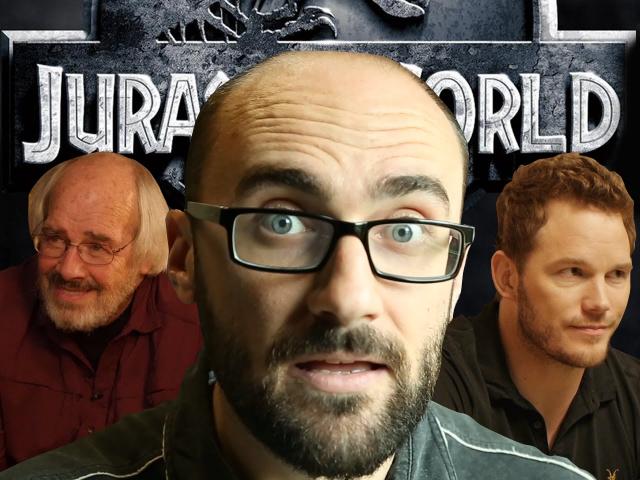
Jurassic World Science feat. Chris Pratt and Jack Horner
Added 676 Views / 0 LikesJurassic World Science feat. Chris Pratt and Jack Horner
-
02:44
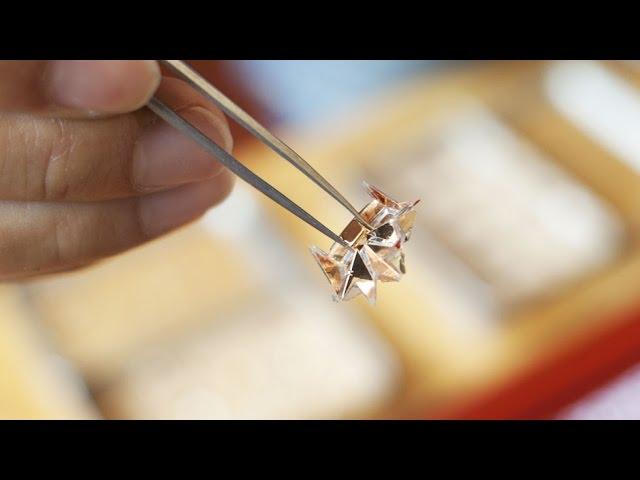
Robot Origami: Robot self-folds, walks, and completes tasks
Added 832 Views / 0 LikesRobot Origami: Robot self-folds, walks, and completes tasks
-
03:31
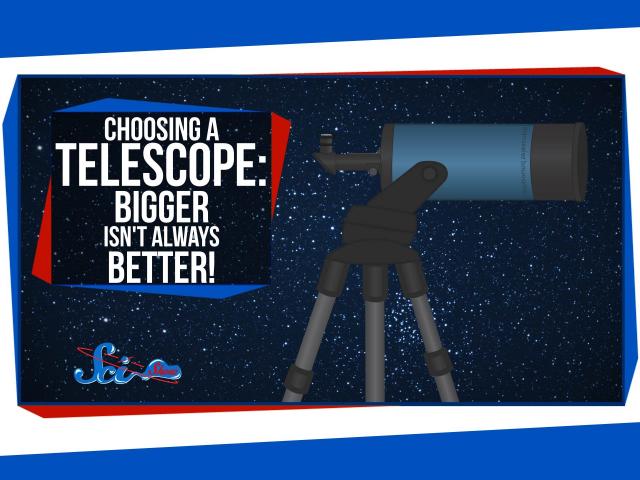
Choosing a Telescope: Bigger Isn't Always Better!
Added 698 Views / 0 LikesChoosing a Telescope: Bigger Isn't Always Better!

